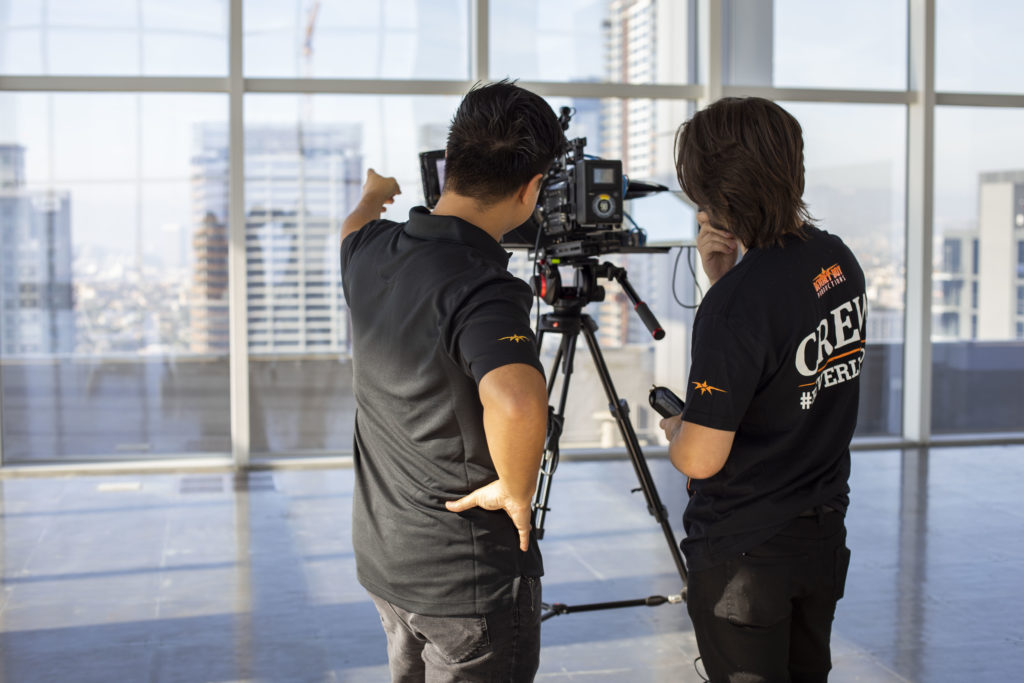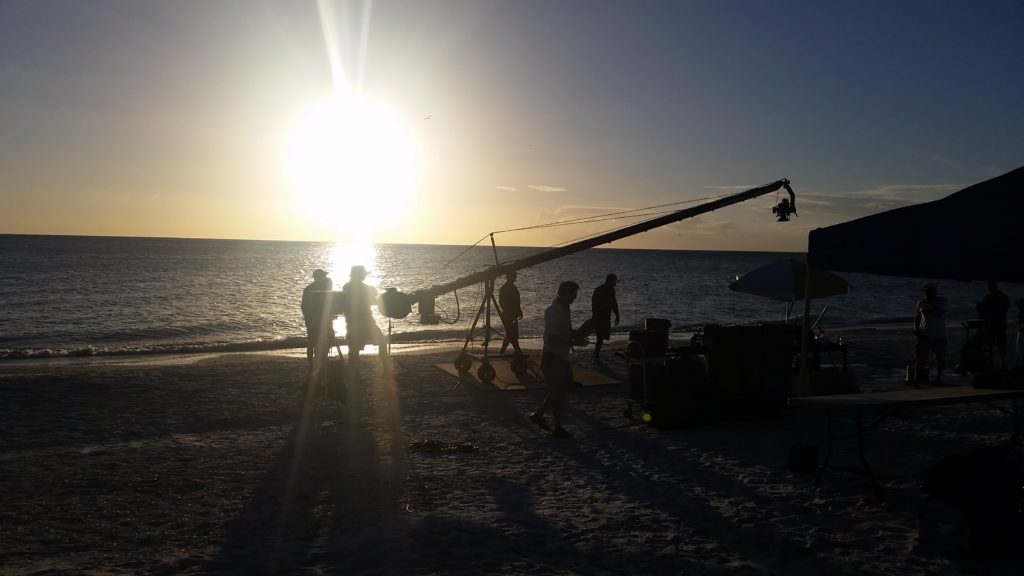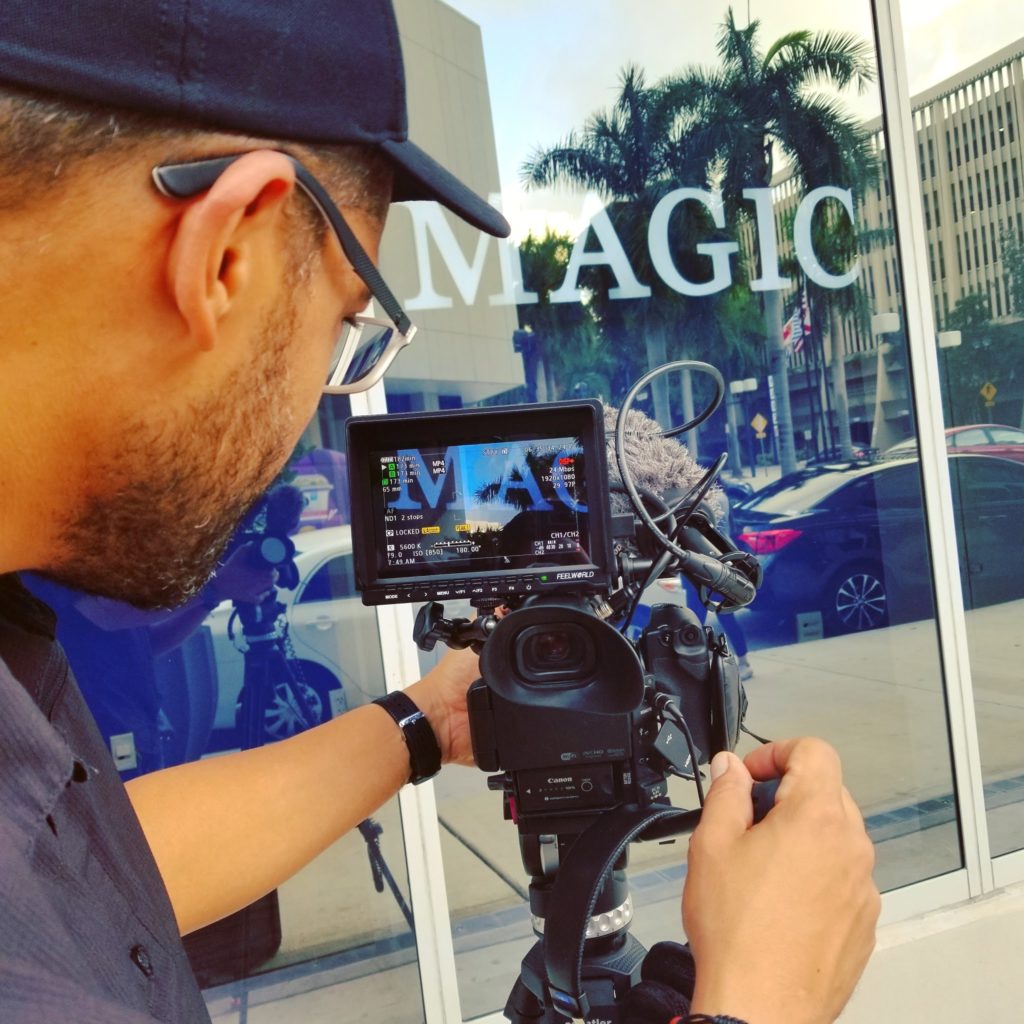
How to Set Your Establishing Shot in Film
The establishing shot is one of the most important and defining shots of the scene and a first major element that you will learn in cinematography. A well set establishing shot establishing the location and setting of the next scene. The establishing shot can be set in various ways depending on the upcoming scene that it is preparing the audience for. We’re showing you how to set your establishing shot in film to communicate the time, location, and space of the upcoming scene to your audience.

Why Use an Establishing Shot?
The purpose of the establishing shot is to accomplish an array of tasks in a very short time. The shot much prepare the audience for the upcoming context of the next scene and, in a few short seconds, this shot must establish the place, time of day or point in history, and upcoming actions of the scene to come. A single establishing shot will last mere seconds but in that time, the director delivers valuable information to the audience preparing them for the scene to come.
Establishing shots are like no other shot in a film. While the establishing shot may be a wide shot or an extreme long shot, the context that is shown with the establishing shot is powerful and extremely important to the upcoming scene.

Establishing Shots:
- Last only a few seconds and set the stage for what’s about to occur in the film.
- Usually don’t include characters as they focus mostly on the setting and upcoming action to take place.
- Do not include any character dialogue as they use music or sound effects to draw the audience’s attention.
- Aren’t set to evoke emotion but rather to serve the function of showing the audience what they can expect.
- Are sometimes pulled from stock footage in the most basic of situations and when such would suffice to establish the upcoming scene setting.
The establishing shot serves the purpose of helping the director to achieve transition into a new scene while clearly explaining to the audience, in seconds, where and when the scene takes place. For example, the director may use an establishing shot that shows a highly recognizable landmark to quickly set the stage for the upcoming scene to take place in a particular location. For instance, the establishing shot may be stock footage of the Golden Gate Bridge, showing the audience that the next scene takes place in California. This type of establishing shot is especially common when the setting jumps around from one city or area of the world to another throughout the story.
Establishing shots may also be used to define the commitment or underlying details of the character without actually showing the character him or herself. For example, an establishing shot that shows the rising sun may be used to signify an upcoming scene in which a character is committed to exercise training. The shot itself does not show the character at all, but the sun rise proves the character’s day is about to begin, early and with a commitment to getting started at sunrise.

Setting Your Establishing Shot
As you think about the upcoming actions in the scene and how the time and location plays a role in this point of the story, think about elements of the establishing shot that can quickly deliver details about the scene to your audience. An establishing shot of a local landmark or a specific time of day helps the audience to understand when and where your upcoming scene takes place. An establishing shot that provides a glimpse of New York City at midday with a zoomed view toward a particular building can quickly bring the audience to that place and setting without words or any other details. Setting your establishing shot requires careful consideration as to the time, location and upcoming events of the story and how those details can be delivered with a single shot that lasts just a few seconds.

Tips for setting your establishing shot:
- Allow camera angle and placement to deliver important details about where the upcoming scene will take place. Even the simplest of details, such as a focus on a particular story of a building or location of a street can deliver key details to your audience.
- Allow the establishing shot to reveal fundamental details of the timing of the next scene. The visible level of the sun can show the audience a point in time as can the use of elements such as a clock in the distance. The progression of time of day, such as a time lapse of a single location can also be used to establish the time of the upcoming setting.
- When using characters in the establishing shot, remember to keep dialogue out and show only the actions that will give the audience details on the upcoming elements of the scene. For instance, showing a character in busy office can give light as to an upcoming scene without the need for the character to speak to anyone. Allow the audience to see what is taking place around and where the scene is taking place to set the stage.
- Establishing shots that incorporate the story can be used to reduce any unnecessary slowing of pace which may otherwise occur with a long establishing shot of a particular location void of any other pertinent details of the story.
- While the establishing shot is usually there to establish the upcoming character location, it can also be used to evoke a sense of confusion or misdirection for your audience in crime dramas or movies in which the goal is to keep the audience wondering what exactly is happening and where it is happening at.
- Consider the use of an establishing shot at the end of a scene, to remind the audience where the scene just took place and what just happened. This may equally be referred to as a re-establishing shot.


